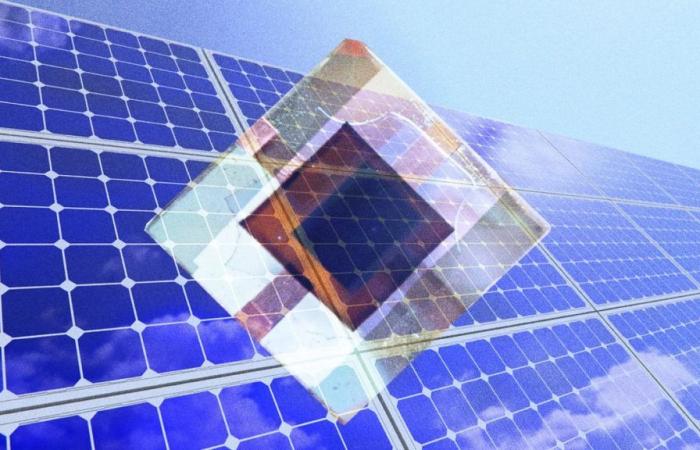The European Union has managed to establish itself as a leader in solar energy after having made numerous investments and long, hard work, although we still have to resolve some obstacles in terms of efficiency. Batteries for solar energy could be an excellent complement if combined with the new diamond solar panel which appears to have been a success in recent tests.
The first diamond solar panel: goodbye to silicon and perovskite (which had just arrived)
Currently, solar energy is an alternative source that is becoming increasingly important in the EU’s electricity mix. However, efficiency remains a major obstacle to achieving efficient supply and stable photovoltaic energy. That is why new alternative materials to silicon such as perovskites and, now, diamond, continue to be investigated.
Silicon is the translucent material that usually covers photovoltaic cells and allows the capture of solar radiation to convert it into emission-free electricity. However, it is a material prone to wear and degradation due to heat. Hence the need to find new alternative materials, more efficient and resistant.
Now, experts from different areas have carried out tests for their new diamond solar panel with very promising results. Diamond has a great light-gathering capacity, which makes it very good for solar energy, and, by adding certain components, it can be converted into one of the most efficient semiconductors known until now, even more than perovskites.
The advantages of diamonds: an expensive material, but one that could revolutionize photovoltaics
The diamond is the material with the highest thermal conductivity that we know of. This would represent a great solution to the biggest problem with silicon, which is the great wear and tear that the heat of the sun generates on its structure. It is also capable of capturing a much broader spectrum of light than its predecessor, which would allow it to obtain much more energy with the same surface area than current cells.
As is well known, this mineral is one of the most resistant on our planet, which would make the new diamond solar panel much more durable than traditional silicon ones or even those that use perovskites. In this way, by adding a thin layer of synthetic diamond to the solar panels, much more energy could be achieved with a much more durable generator.
It is also notable that we already have extensive experience in the production of synthetic diamond for different applications in a wide spectrum of areas. Using the known methods to produce this mineral, a thin layer of diamond could be generated that would go on the solar cells by means of Chemical Vapor Deposition (CVD).
The challenges of the diamond solar panel: not its price, but the competition from Russia
The first and most important obstacle for this technology is its high production price. Silicon is the most accessible alternative for coating solar cells so far. Perovskites, for their part, can also be produced from cheap processes and materials and offer much greater efficiency than silicon.
The manufacture of high-quality synthetic diamond, on the other hand, continues to have a high manufacturing cost. However, if implemented, this material could allow solar panels to overcome all existing theoretical limitations so far, so it is worth continuing to investigate.
The future of solar energy
The implementation of this revolutionary technology could give a much greater boost to the photovoltaic trees that are already being installed in Spain. The possibility of increasing the capacities of photovoltaic generators beyond all known limits promises a great future for the strong investment that our country has been making for several years.






